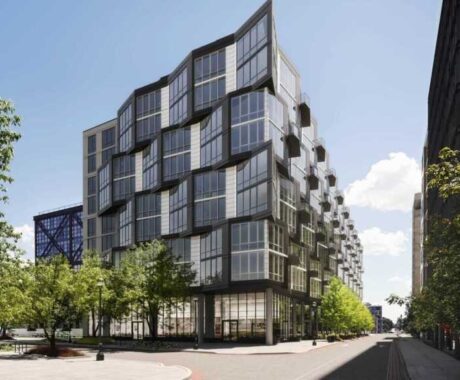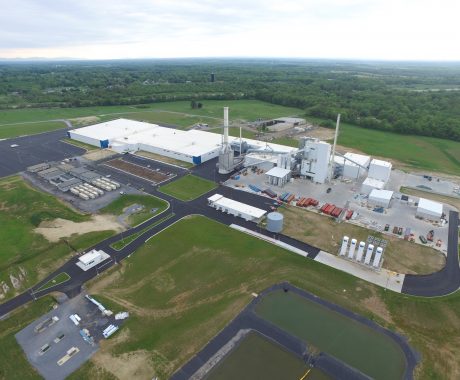The Building Innovation Hub chatted with Oliver Baumann, President & CEO, and Scott Emery, SVP, Director of Existing Building Decarbonization about their experience with BEPS and how they’re moving the market forward.
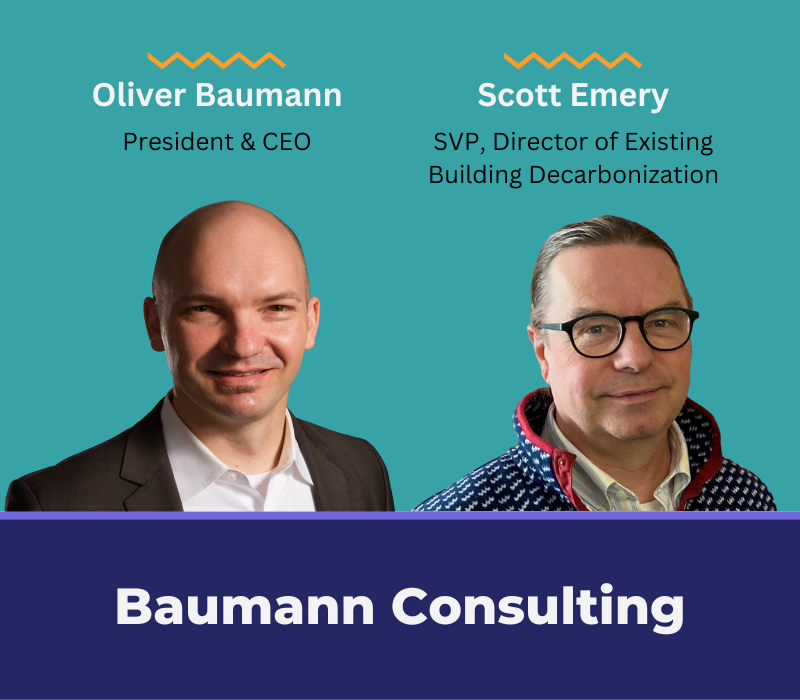
Oliver Baumann: First of all, building decarbonization is here to stay. And yes, it’s a huge challenge for everyone because it is new, has uncertainties, and requires initial investments.
In 2006, when I started Baumann Consulting here in Washington DC, green building certifications were fairly unknown. The conversations about LEED or other green building certifications during those early years since I’ve been in the U.S. were mostly in the context of their value to market a building, more or less checking a box.
Over the last several years, I witnessed a total change in these conversations, on both sides of the Atlantic. The high energy efficiency standards that we see in Scandinavia, Switzerland, Germany, and all over Europe are all regulation-driven. Buildings must comply with energy efficiency codes in these countries which become more stringent from year to year. BEPS has a huge impact in DC and other jurisdictions in the U.S. At Baumann, we transfer knowledge and best practice expertise in both directions across the Atlantic.
The change now is that we suddenly have different financial conversations. With the potentially significant compliance payments that are on the desk related to BEPS, we suddenly talk about money and the conversations with our clients regarding energy efficiency and sustainability become more serious.
How does Baumann see its role in helping buildings improve performance and lower carbon emissions?
Oliver: When we started Baumann Consulting 17 years ago, our vision was to make high-performance buildings the standard in our industry, rather than just having the occasional exemplary project. A few years ago, we thought that high-performance buildings don’t hit the head of the nail anymore and that we need to be more holistic. So, it’s really about carbon neutrality, it’s about focusing on climate change and the impact of buildings and the entire real estate industry.
“It is more than just the structure that’s standing there. It’s really the industry, the planning, financing, operations, and everything. How can we reduce or ideally eliminate any impact on the environment of what we are doing in our industry?”
Often, we start long before an architect or design team is involved in a project. When a developer has a business case of developing a building or whole neighborhood, we help them set their energy efficiency and sustainability goals and define possible paths how to achieve them. We work on quite a few large-scale developments and we help our clients to make those developments carbon neutral, net zero energy, sustainable, and good for the environment.
Scott Emery: Our role is to move the decarbonization of buildings forward in a meaningful way. We get that done by helping our clients take tangible steps toward making their buildings more energy-efficient and less carbon-intensive. This means something different for each property and property owner because each property’s circumstances are unique. So, our job is to assess each property’s situation with respect to energy use and to develop practical strategies to improve energy performance. In addition, the solutions we propose must make good financial sense for our clients because otherwise those solutions will never get past concept.
How are you helping clients navigate the BEPS?
Scott: Over the last four years, we have developed and honed our services so that our clients have the best possible chance for long-term success in terms of navigating the BEPS policy, identifying options for improving building energy performance, and making the right decisions for their specific situation.
As soon as the Clean Energy DC Omnibus Amendment Act of 2018 became law, we engaged with the regulatory process to ensure that we had the latest and best information available to share with our clients. We participated in DOEE round table discussions from the beginning, attended BEPS task force meetings, served on the task force’s ad hoc retro-commissioning subcommittee, and served on the ad hoc third-party verification subcommittee. In addition, in 2020, we worked with DCSEU and DOEE to provide benchmark verification for just over one hundred properties. Through these efforts, we have developed the expertise to help ensure that our client’s benchmarking is correct and to address the client’s questions regarding BEPS policies.
We also recognized that our clients were going to need and expect more out of energy audits, which we have been doing for years. So, we took a hard look at our processes and procedures and invested in new tools and training to ensure that our recommendations were as sound as possible. As a result, we are giving our clients the information they need to select, plan for, and implement energy efficiency measures.
Finally, we developed BEPS-specific assessment tools to look at how each client’s pathways to reduced building energy use line up against current and anticipated future BEPS requirements. These tools enable our clients to evaluate which pathways have the potential to result in compliance with this and future cycles, select their compliance pathway, and decide the best phasing for implementation of the measures they elect to pursue.
For clients who are ready for the implementation of measures, we assist with developing project requirements, soliciting and evaluating bids, project administration, and commissioning.
Interviews from the Field
What is the future of DC buildings? What is that vision that Baumann is working towards?
Scott: Our vision is for carbon neutral building operations. Because most of the buildings that are going to be in use in 30 years are already here, future buildings are going look a lot like what we see today. However, buildings are going to be very different on the inside. They will be heated, cooled, ventilated, lighted, and operated very differently. They are going to employ control systems that incorporate machine learning and that are better able to react to changing conditions, including enabling demand response to ensure clean energy use across the region is maximized.
Oliver: Buildings in Washington, DC and other jurisdictions that have BEPS or similar requirements will eventually be ahead of the competition when it comes to real estate investment. It’s something we already see in Europe with the EU taxonomy. Building investors and building owners are concerned that they will end up with stranded assets, buildings that they can’t put back onto the investment market because no one’s interested in them. So that’s a threat, but it’s also an opportunity, because if you’re ahead of the competition, your buildings will earn a much higher value than others.
Scott: Also, we’re going to see a significant bump in improved energy performance over the next few years because there are a lot of incremental steps that buildings can take to improve. Then there will probably be a leveling-off in terms of progress towards net-zero carbon building operations, while we gain more experience with practical solutions for replacing the fossil fuel systems in existing buildings. The next big wave of change will come when new innovations and developments are available that make eliminating on-site fossil fuel use easier, less disruptive, and more cost effective. In this regard, I expect that buildings of the future will have technical solutions that we have yet to imagine.
What are you excited about for your partnership with the Building Innovation Hub?
Oliver: I’m personally excited about having the Hub as a partner who can help us with communication with customers and their education. We have clients that have clear plans and know where they want to go with their buildings and with their businesses. But then there are so many who are not very familiar with the new requirements and are very skeptical about everything that’s going on. We can collaborate, spread the word, and avoid miscommunications to really clear the field for better conversations out there.
Scott: One of the biggest opportunities is the chance to amplify the story. And it’s not just about us building our own business; it’s about sharing ways in which we can all help to move the built environment toward a lower carbon future. For example, we have no problem working with the Hub to share our knowledge with the market to say, “Hey, we were in a building and we’ve found these pretty simple things that could be fixed, save energy, and anybody who has a facility engineer can check those things out by themselves.”
Oliver: When you think of BEPS, we are just starting with everything we do—benchmarking, energy audits, and energy retrofit concepts. The next challenge will be that these projects need to be designed and then implemented. So we need architects, we need engineers who are trained and willing to convince their clients to make potentially tough decisions, and they also need to be educated to talk about finances.
“We understand that behind every building, behind every investment, behind every decision to make an investment, is a business case. And if that business case doesn’t work, that whole plan, the whole design doesn’t work.”
The labor force in the construction industry is not ready to provide a different level of quality work; we need high-performance equipment; and buildings need to be operated differently. I don’t think that everyone who is operating a building today will be able to operate a high-performance building and get these buildings to net zero energy without additional training. All that workforce, these resources need to be developed. And that’s where I see a huge opportunity, and I’m expecting the Hub to step up here and help with all that.
Baumann Consulting, on the other hand, can bring a lot to the table for the Hub because of the national and transatlantic experience we have. Let’s learn from each other and network with all the stakeholders connected to the Hub.
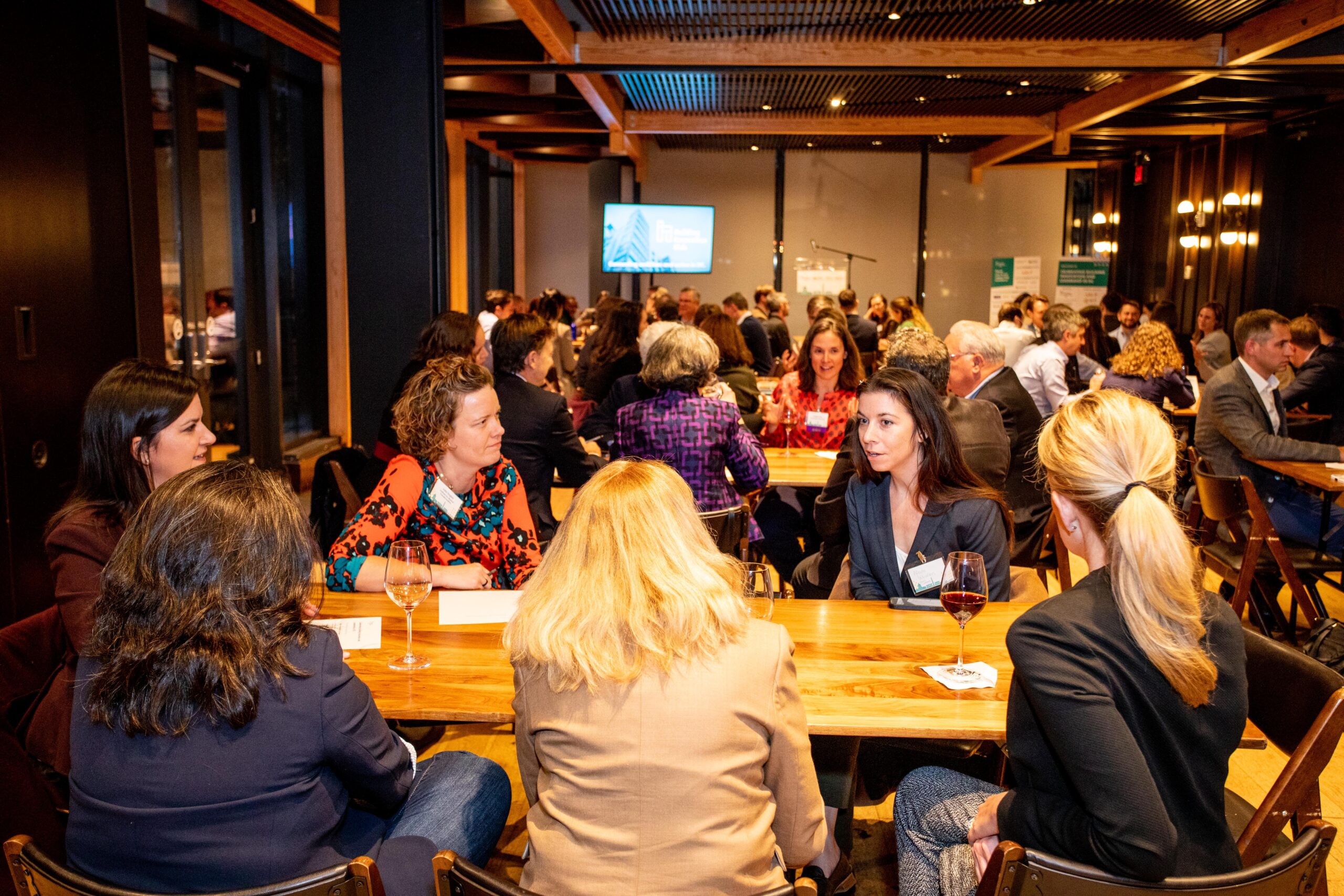
The Hub’s membership program gives members a public platform to highlight their support for the District of Columbia’s real estate community in creating a higher-performing, healthier, more equitable, and more resilient DC.

